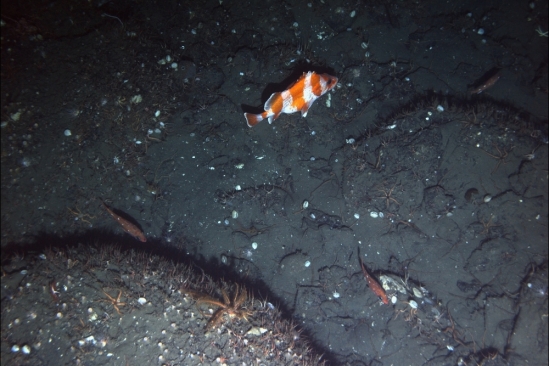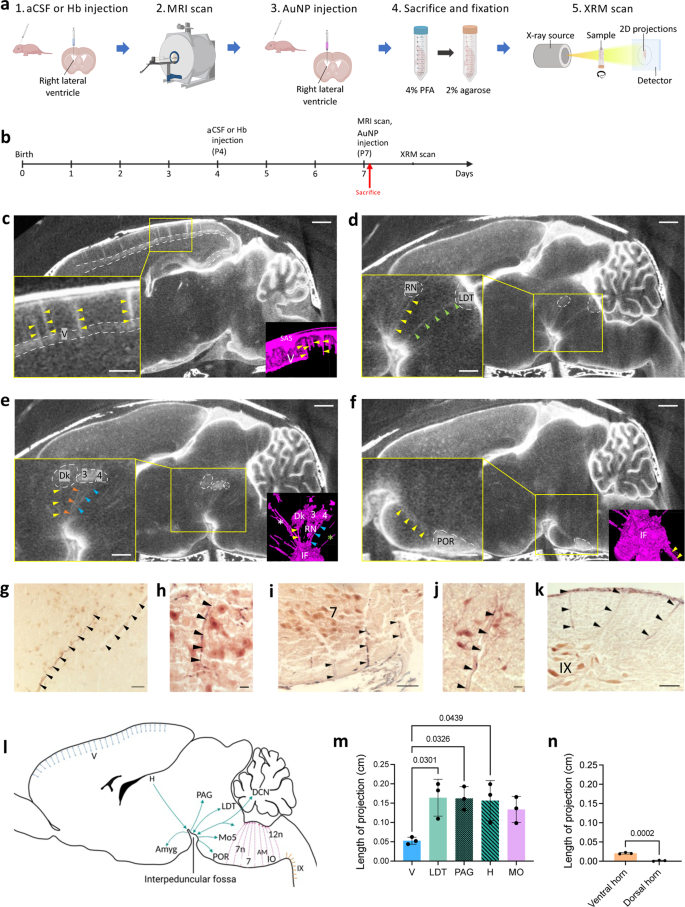2023-02-13 カリフォルニア大学サンタバーバラ校(UCSB)

Flag rockfish and three swordspine rockfish swim among a basket star and numerous brittle stars on the side of one of the asphalt volcanoes.
Photo Credit:LOVE ET AL.
◆このたび、海洋科学者たちは、これらの地層を住処とする動物群について初めて詳細な説明をまとめました。この研究成果は『Bulletin of Marine Science』誌(外部サイト)に掲載され、火山とその周辺に生息するさまざまな種類の魚類について詳しく解説しています。
◆科学者たちは、メキシコ湾でアスファルト火山を初めて発見した。この火山は溶岩の代わりに高温のタールを噴出し、数十フィートの高さになることもある滑らかなマウンドをゆっくりと作り上げていく。2010年、カリフォルニア大学サンタバーバラ校のデイブ・バレンタイン教授率いるチームは、サンタバーバラ海峡にある2つの火山を記録し、イル・ドゥオモとイル・ドゥオミトと名付けました。イル・ドゥオモは高さ約15m。同グループは地質学的な説明と生息地の特徴を発表した。それ以来、アンゴラ沖の1カ所でしか発見されていない。
◆アスファルト火山に生息する動物については、バレンタインと彼の共同執筆者が2010年の論文で提供した簡単な説明を除けば、事実上何も知られていなかったのです。そこでラブたちは、自律型水中航走体の映像を用いて、この驚くべき地形に生息する魚類群集の特徴を明らかにした。その目的は、誰がどこになぜ住んでいるのかを明らかにすることです。チームは8時間に及ぶ調査(2,743枚の静止画像)を行い、徐々に近隣の名簿を作成した。
◆魚の密度は低いものの、比較的多様な種が生息していることがわかりました。その結果、43種以上、1,836匹の魚が観察されました。このうち少なくとも53.5%が岩魚であった。
<関連情報>
- https://www.news.ucsb.edu/2023/020815/asphalt-volcano-communities
- https://www.ingentaconnect.com/content/umrsmas/bullmar/pre-prints/content-bms_9832
米国カリフォルニア州サンタバーバラ海峡のアスファルト火山に関連する魚類群 The fish assemblages associated with asphalt volcanoes in the Santa Barbara Channel, California, USA
Love, Milton S; Nishimoto, Mary M; Meyer-Gutbrod, Erin; Kui, Li; Scarborough Bull, Ann; Clarke, Elizabeth; Fruh, Erica; Miller, Robert J
Bulletin of Marine Science Appeared or available online: 2022/11/29
Abstract
Asphalt volcanoes and other extensive hard tar seafloor accumulations are known from the Gulf of Mexico, off Angola, and in the Santa Barbara Channel (SBC), southern California. There are two major volcano features in the SBC: Il Duomo (about 20 m high, cresting at a bottom depth of 115 m) and Il Duomito (about 15 m high, cresting at 185 m). While the geology of these features has been well studied, their fish assemblages have not been well documented. Using an autonomous underwater vehicle, we surveyed the fishes that live on the volcanoes and on the surrounding mud. We observed 1836 fishes, which represented a minimum of 43 species. Of these species, at least 23 (53.5%) were of rockfishes (genus Sebastes). Most of the species were entirely or primarily associated with a specific habitat type, either asphalt or mud. The most abundant primarily asphalt-associated species were greenblotched, swordspine, greenspotted, and flag rockfishes, and bocaccio, cowcod, and bank rockfish. The most abundant mud-associated species included Pacific sanddab, slender, Dover, and English soles, and unidentified poachers. A few taxa (shortspine combfish, greenstriped rockfish, and spotted ratfish) were found both on the mud and over the edges of the asphalt. We observed relatively low densities of all fishes on the volcanoes compared to densities on many southern California natural reefs within the same depth range. We suggest that this is due to (1) a lack of cobble fields around the volcanoes, creating limited habitat for either dwarf species or juvenile fishes, (2) a lack of complex habitat (volcanoes are relatively smooth) creating very limited habitat for adults that need to shelter, and (3) fishing pressure targeting economically important species. Given the unique nature of these tar volcanoes off California, we also suggest the state consider protecting this habitat and the organisms within it.


